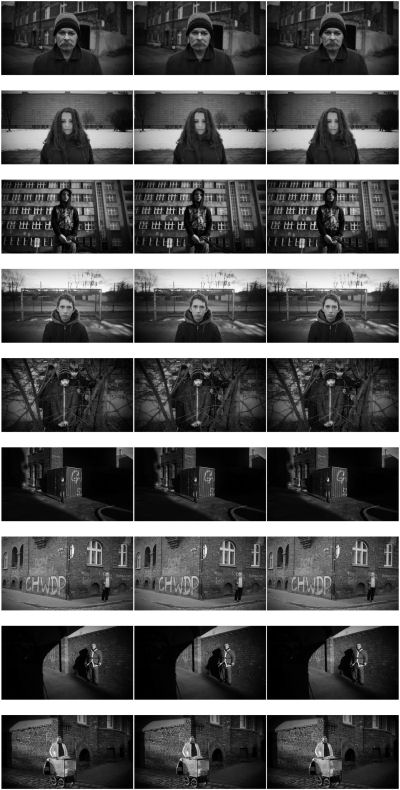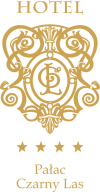|
Strona archiwalna!
Ta strona zawiera treéci archiwalne, ktû°re nie byéy zmieniane po 23 wrzeénia 2019 r. Jeéli chcesz wiedzieá wiácej zapoznaj siá z deklaracjá
dostápnoéci
|
||||||
archiwum
 2006 2006
 2008 2008
 2010 2010
 2012 2012
 2014 2014 |
||||||

| ||||||
 |
 |
|||||

|
||||||
| strona géû°wna zaéoé¥enia regulamin kalendarium wskazû°wki pobierz jury rejestracja zgéoszone projekty galeria gallery | archiwum kontakt | |||||
Description popularizing the research project "Beautiful moment, do not pass away!" rarely does the wish come true and even if it does, it is just an illusion of the state of mind. So far, nobody has succeeded at stopping the time. The first one to come close to the fleeting impossibility was Louis Jacques Daguerre, heralded the father of photography, although he followed the footsteps of his less-renowned predecessors. Inventing a process, named after him daguerreotype, stirred enthusiasm in France which then rippled throughout the world. Never before had the world been so close to capturing precious moments and preserving them forever. Generation by generation, new features were added to a daguerreotype camera, leading to today's digital photos and egalitarian photography of mobile phone users. Even the simplest digital cameras are capable of editing the actual image captured in a frame. Using them, many a photography fans can document passing-by moments, create them, transform and arrange the way they like the most, closer and closer artistic photography. Abstract< "Constant Photography" is a research-artistic project carried out at the Artistic Department of Silesian University in Cieszyn within the framework of the grant "Subsidy for Young Scientists". The project was carried out in 2015. The idea is examining border states of photographs . A resignation from the nature of the photographic record is a point of departure, resignation from the moment of releasing the shutter, and from "the decisive moment". As a result the image is recorded in form of film sequences, yet arranged in such a way that they make an impression of a constant photograph not a film. The photograph, which does not aspire to the medium of a film, is able to provide new channels of conveying information. It makes it possible to present new art phenomena, concepts, and forms hitherto unattainable both for photography and for film. The tool is an important factor in the creative process, it is not possible to express paint-ing concepts with the sculpture, or the music with the graphics. The medium and the discipline of the art always determine the framework of the message. Developing a new tool, or a new technique, means opening new opportunities of formulating artistic concepts, therefore work-ing on the very tool was an important aspect of this project. Under the grant, using the studied artistic method, I created series of the Constant Photographs showing Silesian landscape and people." Artistic supervisor: prof. Witold Jacykµw University of Silesia Faculty of Fine Arts and Music.
|


|
|||||


 'Silesia' - Postindustrial spaces, familoks (workers' houses for Silesian miners), Silesians. These conventions, known well, in the assumption should make a new narration, thanks for stretching the regulation in the time. Portrayed faces are assuming the emotional charge inaccessible to the static photograph. Figures are suspended in the time. Although they are breathing, flickering with their eyes, their move is illusory. Photographs don't have individual titles on purpose. They also do not indicate any specific places or photographed objects.
'Silesia' - Postindustrial spaces, familoks (workers' houses for Silesian miners), Silesians. These conventions, known well, in the assumption should make a new narration, thanks for stretching the regulation in the time. Portrayed faces are assuming the emotional charge inaccessible to the static photograph. Figures are suspended in the time. Although they are breathing, flickering with their eyes, their move is illusory. Photographs don't have individual titles on purpose. They also do not indicate any specific places or photographed objects.









